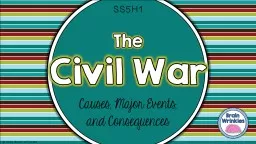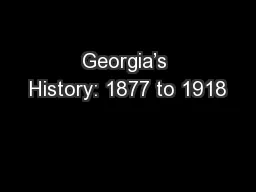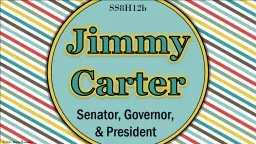PPT-World War I © 2014 Brain Wrinkles
Author : giovanna-bartolotta | Published Date : 2018-10-21
Georgias History SS8H7d Standards SS8H7 The student will evaluate key political social and economic changes that occurred in Georgia between 1877 and 1918 d Explain
Presentation Embed Code
Download Presentation
Download Presentation The PPT/PDF document "World War I © 2014 Brain Wrinkles" is the property of its rightful owner. Permission is granted to download and print the materials on this website for personal, non-commercial use only, and to display it on your personal computer provided you do not modify the materials and that you retain all copyright notices contained in the materials. By downloading content from our website, you accept the terms of this agreement.
World War I © 2014 Brain Wrinkles: Transcript
Download Rules Of Document
"World War I © 2014 Brain Wrinkles"The content belongs to its owner. You may download and print it for personal use, without modification, and keep all copyright notices. By downloading, you agree to these terms.
Related Documents














